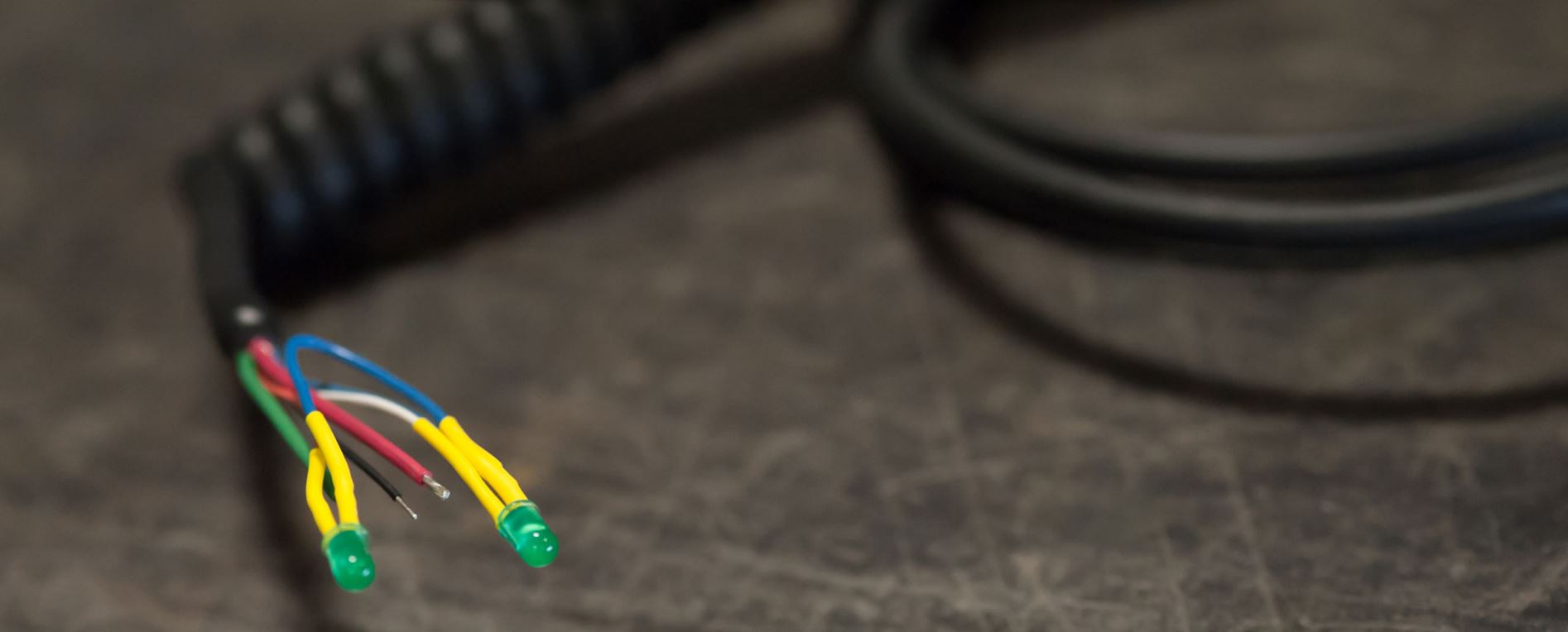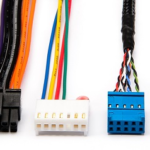Custom cable assemblies need cables with metallic conductors that can effectively carry an electrical load throughout a product’s lifetime. If you choose the wrong type of conductor, corrosion or oxidation may occur. Cable conductors made of the wrong materials can also break or otherwise fail in the field. That’s why it’s important to select a conductor material that can meet your application requirements, the environmental conditions, and your electrical parameters. Cost is a consideration, too. You’ll also need to choose stranded or solid connectors and specify the number of conductors and their sizes.
Conductor Materials
Silver, copper, and gold are more electrically conductive than aluminum, zinc, nickel, brass, and bronze. Bare copper is also more electrically conductive than tinned copper. Yet conductivity alone is rarely the only requirement. Cables used in high-humidity environments or near saltwater are susceptible to corrosion. Bare copper isn’t the best choice here, so tinned copper is often used instead. In environments with high service temperatures, nickel-plated copper provides greater oxidation resistance than bare copper. Silver is the most conductive metal of all, but it’s also more expensive than other potential choices.
Stranded Conductors vs. Solid Conductors
Stranded conductors consist of thinner wires that are twisted together to act as a larger conductor. Solid conductors have a single metallic core instead. Stranded conductors are usually more expensive than solid conductors; however, stranded conductors are also more flexible, easier to install, and usually have a longer lifespan. Solid conductors typically cost less and are more rugged and durable than stranded conductors. Solid conductors are better at preventing electronic interference, but they’re also more rigid. If the cables in your custom cable assembly are subject to frequent motion, premature wearing can occur.
Number of Conductors and Conductor Sizes
Cables can have one conductor, a few conductors, or as many as several hundred conductors. In general, the number of conductors that are needed is a function of the number of circuits to connect and whether spare wires are required. Conductor sizes are selected on the basis of the application’s power load and physical requirements. In the United States, wire sizes are measured with American Wire Gauge (AWG). Higher numbers indicate cables with smaller diameters.
Ask SHINE for Custom Cable Assemblies
SHINE, an electronics contract manufacturer in Adams, Massachusetts (USA), can help you to choose the right cable conductors for your custom cable assembly. We are ISO 9001:2015 certified, ANAB accredited, CSA recognized, and have a UL Recognized Registration. All SHINE cables are built and tested to the IPC/WHM-A-620 standard, the only industry consensus standard for requirements and acceptance of cable and wire harness assemblies. Contact us to get started.






